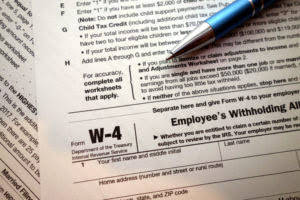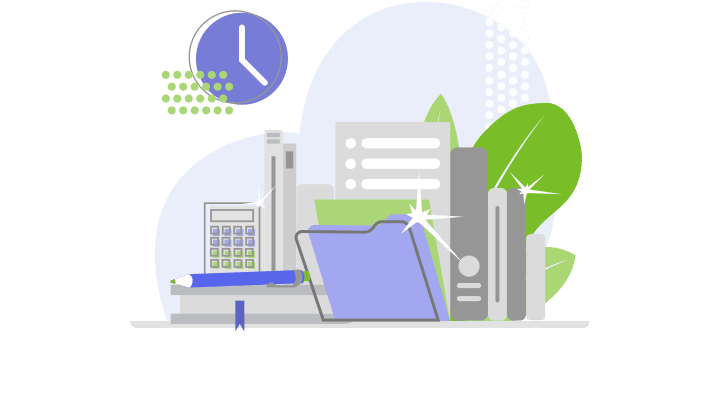It can also result in the Bad Debts Expense being reported on the income statement in the year after the year of the sale. For these reasons, the accounting profession Medical Billing Process does not allow the direct write-off method for financial reporting. Instead, the allowance method is to be used for the financial statements. Under the direct write-off method, bad debts expense is first reported on a company’s income statement when a customer’s account is actually written off.

Matching Principle Compliance
The Coca-Cola Company (KO), like other U.S. publicly-held companies, files its financial statements in an annual filing called a Form 10-K with the Securities & Exchange Commission (SEC). The contribution margin amount used will be the ESTIMATED amount calculated using sales or accounts receivable. It delays recognition of bad debts, which can make your income look better or worse than it really is in the short term. If most of your customers pay on time and you only have just a few bad apples, this method might be sufficient.
3: Direct Write-Off and Allowance Methods

Once an uncollectible account has a name, we can reduce the nameless amount and decrease Accounts Receivable for the specific customer who is not going to pay. The direct write-off method can be a useful option for small businesses infrequently dealing with bad debt or if the uncollectibles are for a small amount. After determining a debt to be uncollectible, businesses can use the direct write-off method to ensure records are accurate. But, the write off method allows revenue to be expensed whenever a business decides an invoice won’t be paid.

Journal Entries for Setting Up and Adjusting Allowances

The direct write-off method is indeed a useful tool—especially for small businesses that want to keep accounting simple—but it comes with trade-offs. You will lose a bit of financial accuracy and compliance in exchange for fewer journal entries and an easier bookkeeping process. So, use it wisely, understand its limitations, and be prepared to switch to a more precise method as your business matures.
- It also complies with GAAP and IFRS, making it the preferred method for most companies.
- This approach aligns with the cash basis of accounting, where transactions are recorded when cash changes hands.
- This delay can lead to financial statements that do not accurately reflect the company’s financial condition during the period in which the sales occurred.
- But the allowance method is more commonly preferred and often used by larger companies and businesses frequently handling receivables.
- The most important thing to remember when working with the allowance methods for bad debt is to know what you have calculated!
It helps you make accurate tax claims for bad debt with the government and can be part of the process of keeping accurate track of money owed to you and uncollectible debts. Bad debt is an inevitable aspect of business operations, affecting cash flow and financial health. Managing these debts efficiently is important for maintaining accurate financial records. The direct write-off method offers a straightforward approach to handling bad debts by writing them off as expenses when they are deemed uncollectible. The Allowance Method provides a more accurate and GAAP-compliant approach to accounting for bad debts, despite its complexity and potential for estimation errors.
- Companies must consider their specific circumstances and consult with accounting professionals to determine the most appropriate method for managing bad debt.
- Since the current balance is $17,000, we need to increase the balance to $31,800.
- There is no recording of the estimates or use of allowance for the doubtful accounts under the write-off methods.
- The two methods used in estimating bad debt expense are 1) Percentage of sales and 2) Percentage of receivables.
Present Real-World Examples of Companies Using Each Method
Once you know how much from each time period, add them to get the total allowance balance. The contra-asset, Allowance for Doubtful Accounts, is proportional to the balance in the corresponding asset, Accounts Receivable. If a customer who owed $100 was deemed uncollectible on April 7, we would credit Accounts Receivable to remove the customer’s balance and debit Allowance for doubtful Accounts to cover the loss. Bad debts in business commonly come from credit sales to customers or products sold and services performed that have yet to be paid for. Inevitably some of the amounts due will not be direct write-off method paid and the business will need to have a process in place to record these bad debts. Not all businesses need a complicated system to deal with unpaid invoices.
Sometimes, people encounter hardships and are unable to meet their payment obligations, in which case they default. When it comes to large material amounts, the allowance method is preferred compared to the direct write-off method. However, many companies still use the direct write-off for small amounts. Kristin is a Certified Public Accountant with 15 years of experience working with small business owners in all aspects of business building. In 2006, she obtained her MS in Accounting and Taxation and was diagnosed with Hodgkin’s Lymphoma two months later. Instead of focusing on the fear and anger, she started her accounting and consulting firm.
- Under the allowance method, an estimate of the future amount of bad debt is charged to a reserve account as soon as a sale is made.
- Thus, the company cannot enter credits in either the Accounts Receivable control account or the customers’ accounts receivable subsidiary ledger accounts.
- That is, costs related to the production of revenue are reported during the same time period as the related revenue (i.e., “matched”).
- As a result, financial statements prepared using this method may not provide a fair and accurate representation of a company’s financial health.
- This can make it challenging for stakeholders to assess a company’s financial performance accurately over time.
Small Businesses
To record the bad debt, which is an adjusting entry, debit Bad Debt Expense and credit Allowance for Doubtful Accounts. When a customer is identified as uncollectible, we would credit Accounts Receivable. We cannot debit bad debt because we have already recorded bad debt to cover the percentage of sales that would go bad, including this sale.


